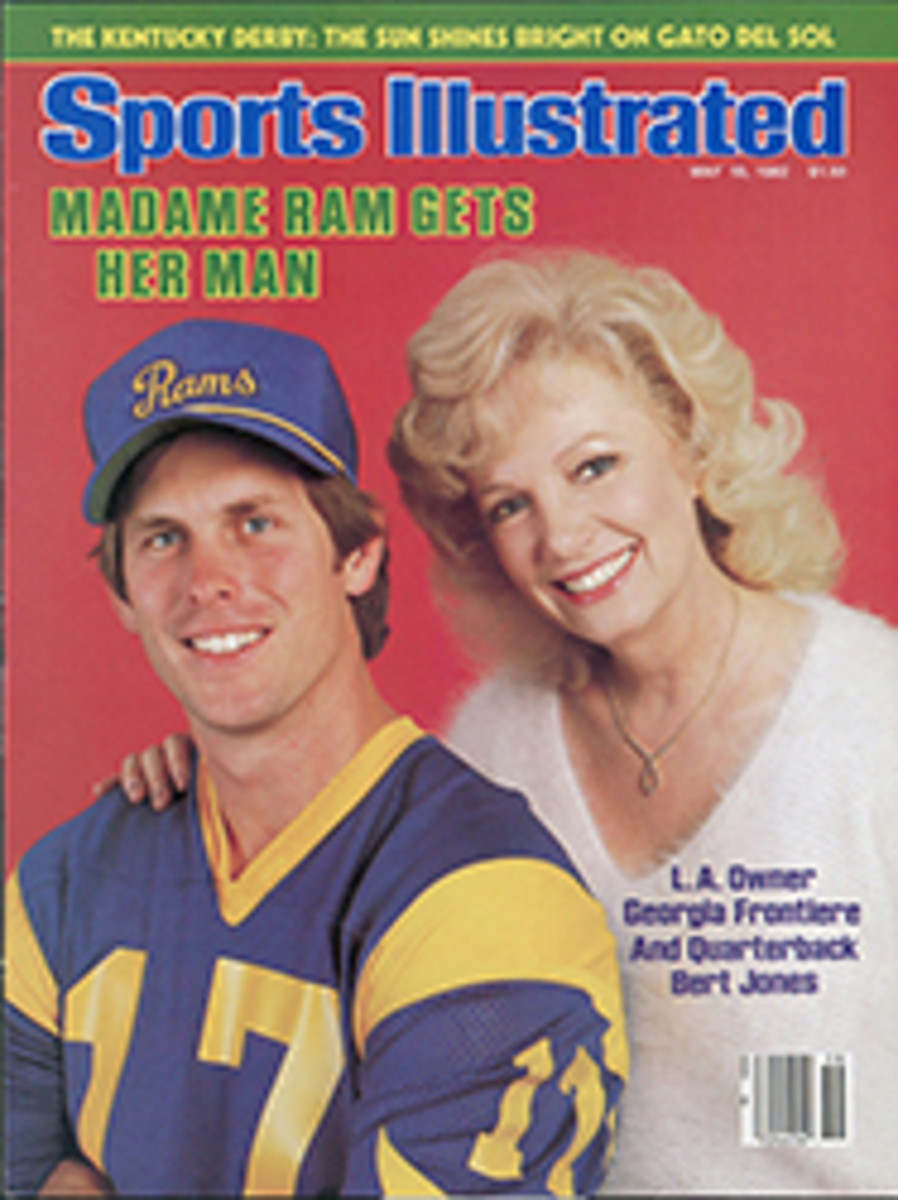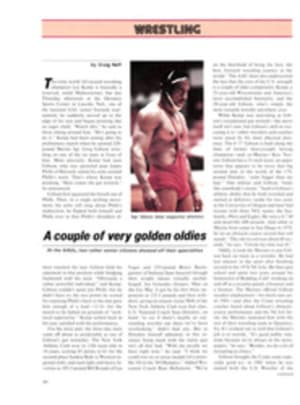
THIS NOVEL INVOLVES "J.D. SALINGER," BUT THE CATCHER IS BEHIND THE PLATE
You're probably not going to believe this, and I wouldn't blame you, but a man named W.P. Kinsella has written a novel about a man named Ray Kinsella who builds a baseball park in an Iowa cornfield in the hope that Shoeless Joe Jackson will come there to play.
It's impossible to summarize the plot of Shoeless Joe (Houghton Mifflin Company, $11.95), so I won't try. But you might like to know that Jackson (or his ghost) does come to Iowa to play ball and eventually brings with him all his teammates from the 1919 Black Sox, thus proving that there is baseball after death and, equally important, that even throwing the World Series isn't an irredeemable sin if you honestly repent and truly love the game.
Like Joan of Arc, Kinsella (the hero, not the author) hears voices, or rather a voice, that tells him to build the baseball field 50 yards from his house and, later, to find J.D. Salinger, the resolutely reclusive author of The Catcher in the Rye, and "ease his pain." Salinger eventually becomes a major character in the story and, once his reticence is penetrated, turns out to be a dedicated baseball fan and a heck of a nice guy. "Call me Jerry," he says.
The voice is never identified, but it's pretty clear that it's not divine, as Joan's was, but that of some disembodied public-address announcer. To me, a lifelong Tiger fan, it sounds very much like that of Detroit's Joe Gentile. Other readers, other voices.
"Is it always the same?" Jerry asks about Kinsella's mystical ball park. The basic fantasy never changes, he is told, but each experience is distinctly different because "Baseball games are like snow-flakes and fingerprints; no two are ever the same." This is a truism, familiar to all baseball fans and no less significant because it is equally true of other sports. But the enduring fact is that while, in retrospect, all volleyball games tend to look very much alike, in the memory of even the oldest fan every baseball game has a shape all its own.
Moonlight Graham, a real person who played one inning in rightfield for the New York Giants in 1905, is another of this book's spectral characters. He died in 1965, but he comes back in Shoeless Joe, first as an aging and beloved family doctor in Chisholm, Minn. and then as a young man starting out to become a ballplayer. The fact that he is starting from Minnesota, where he died, rather than from North Carolina, where he grew up, doesn't seem to bother anyone. Least of all you. By the time you get to this part, you believe.
And then there is Kid Scissons, the Oldest Living Chicago Cub, who turns out to be a fraud, but a lovable one. Everyone in the book is lovable, in fact, with the exception of the narrator's rapacious brother-in-law, who is determined to foreclose on the Kinsella mortgage, bulldoze the ball park and sell the farm, along with half the county, to a huge, unfeeling, computerized agricultural conglomerate. Needless to say, he doesn't succeed. This isn't the kind of story in which evil men prosper.
I don't quite know what more to tell you about this book. I can't even promise you'll like it. If you dislike fantasy but love baseball (a fair description of me), you'll be torn—but I suspect baseball will win. Kinsella, the writer, has made up a story that in other hands might degenerate into foolishness, and made it work. In his creation of Ray Kinsella, this hapless dreamer, this Prufrock who has measured out his life with infield outs, the author has come very close to explaining the magical hold that this strange and complex game has on some of us—the chosen.
Actually, it's Jerry who comes closest to putting it into words. "I don't have to tell you," he says, "that the one constant through all the years has been baseball. America has been erased like a blackboard, only to be rebuilt and then erased again. But baseball has marked time while America has rolled by like a procession of steamrollers. It is the same game that Moonlight Graham played in 1905. It is a living part of history, like calico dresses, stone crockery, and threshing crews eating at outdoor tables. It continually reminds us of what once was, like an Indian-head penny in a handful of new coins."
Perhaps the real J.D. Salinger could have said it better. (Maybe he will.) But this will do for now.

